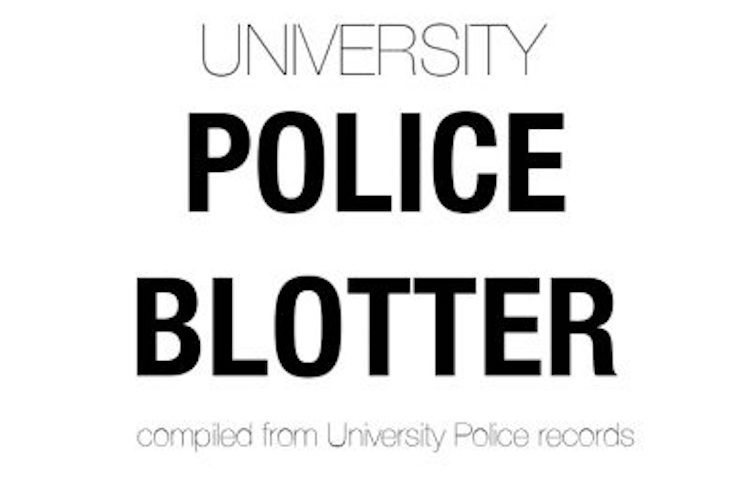JD McGuire, an artist who has been teaching at UW-Eau Claire — Barron County for the past semester, gave a speech for Thursdays at the U lecture series. In his talk, This Is Art, McGuire recalled his time teaching art at six New Jersey state penitentiaries.
McGuire started his career as an artist after graduating from the Kansas City Art Institute. His projects are what he describes as “unsolicited activities.”
The unsolicited activities series is composed of hand-drawn objects placed in seemingly random places. Among some of the pieces of the collection, there is a stack of wallets he left scattered among the Metropolitan Museum of Art in New York City and a cereal box with a signed letter inside.
McGuire was first approached to teach an art appreciation class by The New Jersey Scholarship and Transformative Education in Prisons, a program intended to offer art degrees to inmates. When he was offered this position, he was initially hesitant.
“I remember thinking. ‘I might go ahead and drive away.’ The thought of getting in was terrifying,” McGuire said.
Once in, he described how he was led to the gymnasium: “I would shake their hand and tell them ‘I’m glad you’re here.'”
As an artist, McGuire saw first a project opportunity. He was not interested in teaching the people in prison how to draw, as he wanted “honest drawings.” He kept this practice in all six prisons he taught at, leading the inmates to paste their true selves in their drawings.
In the years he taught at corrections and jails, he collected around 300 projects, most being self-portraits and drawings portraying his student’s dreams, often freedom. In one instance, at the Garden State Youth Correctional Facility, a woman painted Picasso’s Weeping Woman as a self-portrait.
After teaching at prisons, Nicole Fleewood, a prison abolitionist and American author, reached out to collaborate with him, as she needed someone with an inside to the prison system to complete her project Marking Time: Prison Arts and Activism.
This is how the exhibition “Walk a Mile in My Shoes” was born. Over the course of three days, McGuire and his students made shoes out of cardboard.
Since sharp objects were strictly prohibited, McGuire spent 15 hours a day cutting the cardboard at his house, then bringing them back for the students to shape it and transform it into what ended up being 27 shoes.
“I had my guys thinking about their own personal narrative and asked them to think about how they could incorporate parts of their story into the final design,” McGuire said.
These pieces were presented in 2021 as part of Fleetwood’s exhibition.
Amanda Bulger, the Foster Gallery Director here at UW-Eau Claire, shared her thoughts on art therapy.
“Art therapy is a vehicle for personal and relational reflection, growth, and communication,” Bulger said, “Investing in making art often means building a daily practice of making, reflecting, and trying again. This daily practice leads to routine, passion and purpose.”
Additionally, art is a way of giving people in prison a way of getting back into society once they get released. Many students, after finishing their degree, joined the program as counselors to help other inmates.
“If we don’t give an opportunity, they are just going to go back and do crimes because that’s what they know,” McGuire said.
Orozco can be reached at [email protected]







